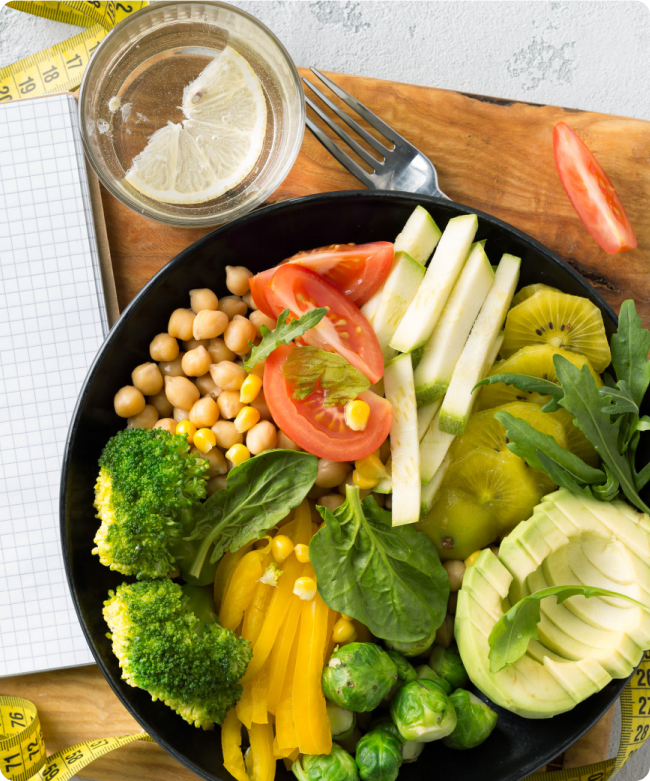Edit Content

Picture this—you walk into the gym, glance at the pull-up bar, and think, “One day, I’ll get there.” The truth? That “one day” can start today. Chin-ups are more than just an exercise; they’re a crucial step towards developing upper body strength.
A 2024 study discovered that bodyweight pulling exercises such as chin-ups were effective at increasing the use of the lat and biceps as well as improving core stability. That means every rep is a full-on strength party for your upper body.
As Dr. Kelly Starrett writes in Becoming a Supple Leopard:
“Strength isn’t about chasing big numbers—it’s about moving well, controlling your body, and building resilience.”
That’s precisely what the chin-up is—it goes back to the premise of teaching you to control your body and everything with a little bit of just pure strength and pure grit.
Therefore, regardless of whether you are new and need to know what a chin-up is or you already have a form and would like to master the technique and add some reps, this guide can be of help.

Essentially, a chin-up is a bodyweight resistance movement that comes with an underhand grip (palms facing forward) as you pull yourself up until your chin reaches above the bar. Unlike fancy machines, the only equipment you need is a stable overhead bar.
But don’t be fooled by its simplicity—the chin-up workout recruits multiple muscles at once:
Some of y’all forget the difference between chin-ups and pull-ups. But here’s the common and noticeable difference between both
So if your goal is to build strong arms, start with chin-ups. If you’re chasing that “V-shaped” back, pull-ups will be your best friend. A 2025 NASM insight notes that chin-ups generally provide better arm engagement, while pull-ups expand back strength and width.
The takeaway? They’re siblings, not rivals. Both deserve space in your training.

Chin-ups are more than just a “show-off” move. They come packed with real, science-backed benefits:
As Mark Rippetoe writes in Starting Strength:
“The strongest lifters aren’t the ones with fancy tools. They’re the ones who master the basics.”
Chin-ups are the fundamentals mastered!

Ready to try? Here’s how to perform the perfect chin-up exercise:
Reps & Sets: Begin with small goals—1 to 3 reps are all that is necessary at the moment. The goal is two to three sets. Do 8 to 10 reps per set. This will help you get stronger over time.
Here’s a Pro Tip:
Struggling to get your first rep of Chin-Up done? Don’t worry—every chin-up master started the same way. Try these beginner-friendly tweaks:
When you feel the urge to rise, try weighted chin-ups with a dip belt or backpack for a true test of strength.

Sometimes the best way to improve chin-ups isn’t more chin-ups—it’s training the supporting muscles. Here are four essentials:
Embrace these in your day, and watch how swiftly you blossom.
Even experienced gym-goers still make these mistakes while doing chin-ups! But we are here to make sure that you can avoid such common mistakes and give your best!
Always keep in mind that the essence of worth surpasses the mere count.
Chin-ups are not one-dimensional in that they merely result in bigger arms or wider lats: it is also about becoming confident with only one weight to lift (your bodyweight) and strengthening your posture so that you feel stronger in all of life. No matter what level you are at—a first-time rep tester or an advanced lifter toting the weight plate bar up, Chin ups are an eternal exercise that has endless ends.
This is the challenge then; give it a go to do quarterly chin-ups this week. Monitor your progress, reward yourself with mini victories, and this is important—with each rep you are stronger, both internally and physically.
“Discipline is choosing between what you want now and what you want most.” — Abraham Lincoln (quoted in The Champion’s Mind by Jim Afremow)
Now go grab that bar. Your perfect chin is waiting.
Neither is “better.” Pull-ups work the back more than chin-ups do the arms. Do both if you can.
Achieving even a single chin-up is a significant accomplishment. From there, focus on building consistency, as it is more important than the numbers
If you have mild desk-related back issues, chin-ups can actually improve posture. But consult your doctor if you have injuries.
Absolutely! In fact, many women find chin-ups empowering for building arm and back definition.
Do negatives, assisted reps, and grip-strength exercises regularly. Progress comes quicker than you think.
Yes! Your core works hard to stabilize your body during each rep.
Quick Links
Subscribe Our Newlestter
Get daily inspiration, trending stories, and self-care tips crafted for her.